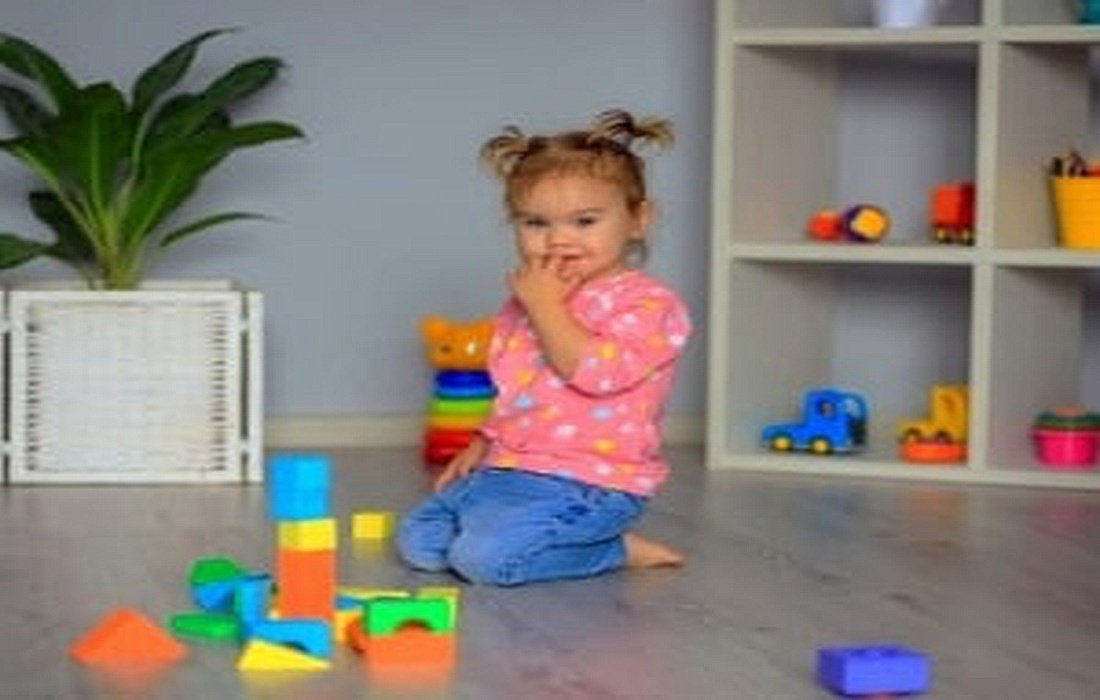Play TherapyWhat It Is and How It Works
What could be more natural for children than play? Children instinctively use play to communicate, which is why it is considered a therapeutic tool. You often see children shaping their relationships and having both tough and easy experiences through play. However, it’s important to note that play therapy is different from normal play. In this section ofSelMagzWe will discuss the general definition of play therapy and its basic principles. In fact, no specific type of play is introduced for children; instead, we will outline the fundamental rules.
The Secrets of Child Play Therapy
Moving Towards Reality
People naturally have constructive plans for advancement; there is an inner drive in all of us to recognize our potentials, such as creativity and the desire for independence and productivity.
The Importance of Respect in Child Play Therapy
People need to feel accepted and respected by others, and as children grow, these needs change relative to their self-esteem.
The Connection Between Us Through Play
While various exercises and theories are used in play therapy, the main theme that connects them is experiences, emotions, and desires.

Important Facts About Child Play Therapy
Play Therapy Exercises
Children can learn many experiences through play and implement them, which allows for behavior change in children through play.
Sand Play Therapy
Sand play is another form of play therapy where children create a miniature world using toys and sand with their fingers. Some children engage in sand play without guidance, starting to create things on their own. Sand therapy is beneficial for individuals of all ages and professions, symbolizing life, death, and nature.
Stages of Play Therapy
Interview
Play therapy begins with an interview where therapists discuss the child’s initial progress, behaviors, and issues with the parents. Most therapists also talk with the child to better understand their problems.
Assessment as One of the Stages of Play Therapy
Before therapy, therapists typically conduct an assessment, which includes asking questions, gathering drawings, and observing the child’s play. This provides therapists with information to determine the best treatment approach.

Familiarizing with the Child Play Therapy Method
Familiarization
One of the initial stages of therapy is familiarization. During this time, the child gets to know the therapist, the procedures, and the therapy room. If the child is shy or anxious, this stage can be somewhat challenging.
Acceptance
Testing – after sessions, children reach the testing phase, where negative reactions occur as they begin to make significant changes. These changes are essential and challenging as the child must accept a new way of behaving, which is why this phase is often viewed negatively.
Growth as a Stage of Play Therapy
The most critical phase of therapy is growth. In this stage, the child identifies their problem and learns how to deal with it.
Ending
The final stage of therapy is often difficult for children because they want to understand the outcome of their efforts.
Benefits of Play Therapy
Play therapy provides emotional support for children in tough times and teaches kids to learn from experience in their own way.Angeror conflict can be dealt with in a constructive manner, allowing parents to better understand their children’s feelings.







